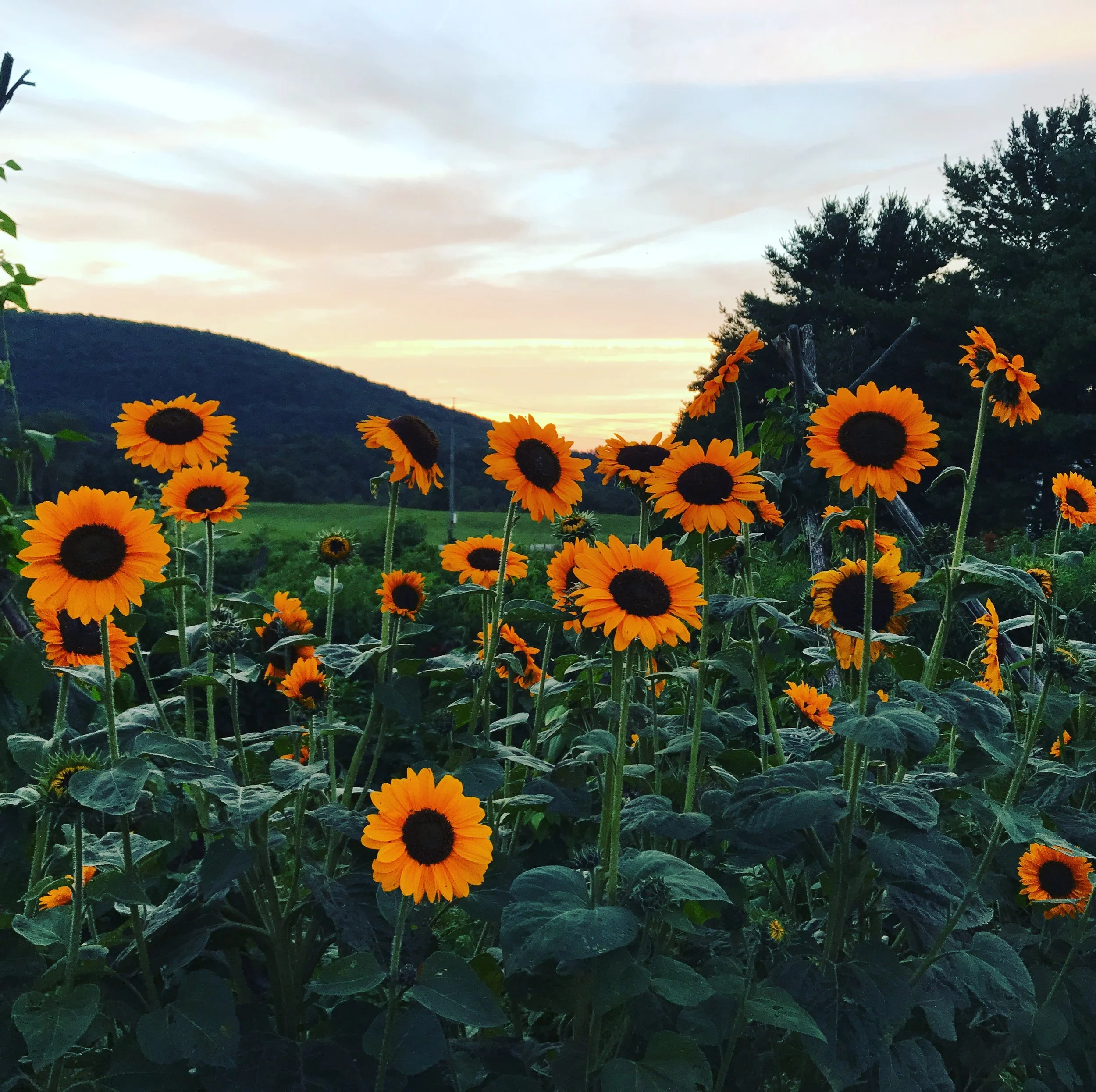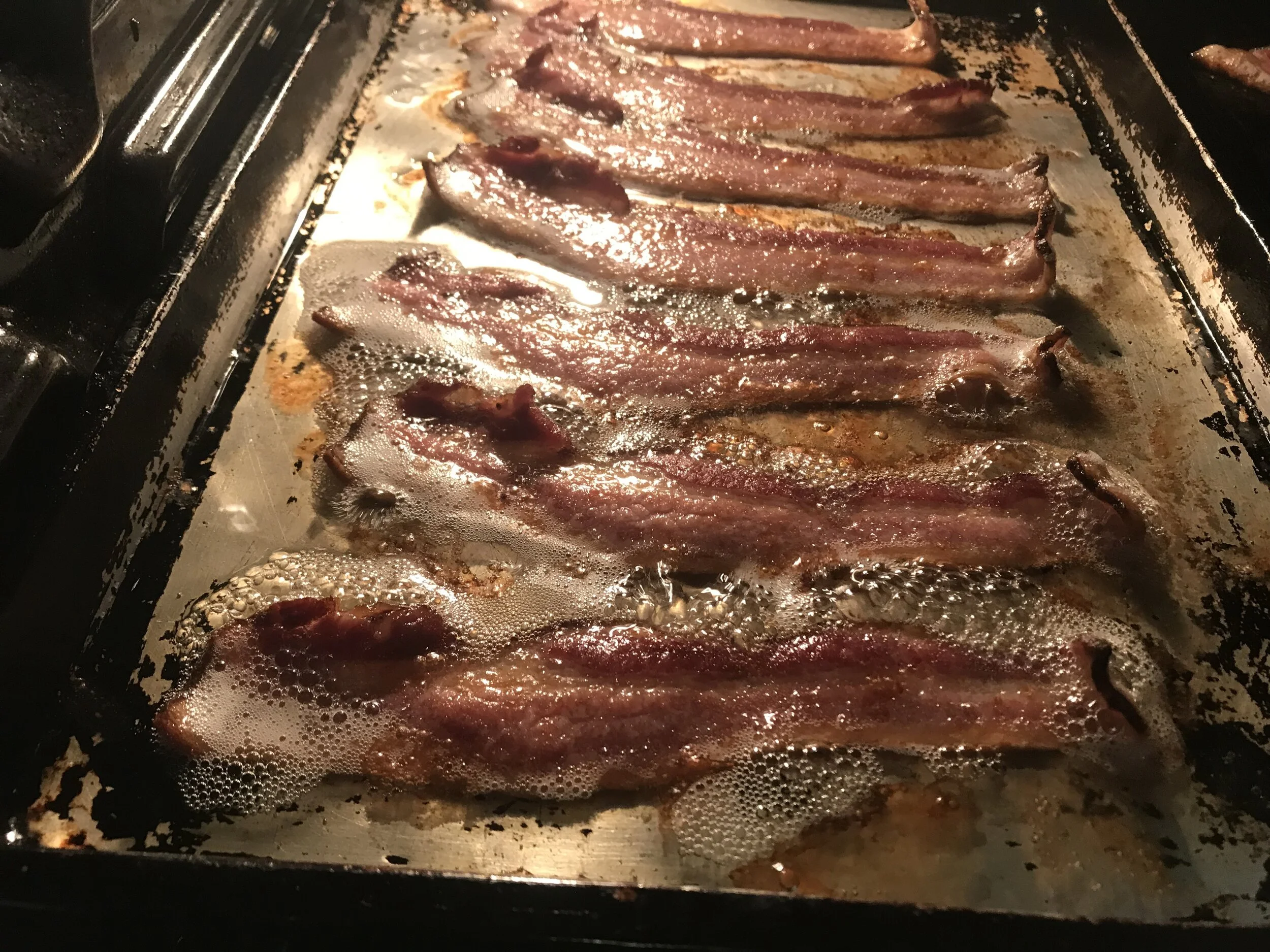I usually am an obsessive planner about somethings. I hate doing a meal plan for the week but I do schedule our animals with our butcher way ahead of time. Many years ago there was a surge in need for butchers in the area, i think another had shut down so put many farmers in a bind. We had luckily scheduled our animals that year already but were locked into those dates with NO chance of any change for MONTHS. We had pigs that were so big because we had to keep them 2 months past the time we would have normall butchered them. I learned a serious lesson then.
Most years I schedule our beef to be processed 6-12 months ahead of time. If i get lucky I can adjust those dates but not usually. It means sometimes our animals could have been grazing longer and getting larger but we have no choice. It’s a lot of guess work and stress.
What if some pigs aren’t big enough or too big- doesn’t matter we can’t change our dates.
In 2020 I called our butcher in February to schedule ever beef we planned to butcher this year.
I also scheduled 3 groups of pigs, some we didn’t even HAVE on the farm or even born yet.
Good thing I did because by mid March our butcher was swamped with calls from farmers all over to get animals in to be butchered ASAP or during the year. A large beef butcher in the area also shut down last summer so there is a serious need.
THEN as those huge processors to the west of NY started shutting down and meat supply was dropping in stores those animals were often killed and burried or burned. Some were shipped east and either the farmers or the companies bought up or bribed there way into USDA processors all over the east coast. We know farmers who have had their scheduled dates cancelled until 2021 leaving them with NO WAY to process their animals or make a living. This is FACT and what you don’t hear on any news program.
Some farmers found non-usda butchers and some found those were also booked up or not answering their phones.
It gets worse and this makes me so mad and disgusted.
Typically a farm/ranch/Feeding operation/contractor raises the animals by the hundreds or thousands for a processor (think of any big meat selling label at the grocery store). Those contractors raise X amount of animals each week to be X size. Anything outside that size is a loss of income to them. So much of meat processing is automated or based on size that they can’t deal with outside those parameters.
So they are butchering/processing THOUSANDS of animals A DAY. Pandemic hits and they are not protecting their employees for a virus spread in the air, hundreds of workers per plant are now sick or spreading it to other unknowingly or knowingly but they dont’ have options. Plants are forced to shut down. Animals are now in limbo. Farmers literally have no room for them since as some leave more take up that space. Some are just killed and destroyed. Some enterprising people ship them east and screw up our farmers by taking up butcher slots. Some ship truckloads of younger animals to auction houses all over and sell them at rock bottom prices. We saw so many pink pigs being sold all over for so little and farmers buying them like crazy. Now those farmers have found out they can’t get them butchered any time in 2020. Imagine that.
BUT it’s another sick twisted thing too……….. All over socila media in livestock groups were people who bought those animals so cheap are now having them die or so sick they are put down. Most with respiratory diseases from the stress of travel or just not in climate controlled barns they came from.
I know farmers locally who usually call the butcher in July to have animal butchered in a few weeks or a month, now they can’t. One guy had 50 pigs he needed butchered and not one butcher available in 4 states. Some are resorting to processing their own animals if they have the equipment some are just left with no idea what to do. That meat is their income and now they can’t make money and risk losing their farm.
Is there a shortage of USDA butchers in the area, maybe there is. Right now there is. There are so many regulations that stop anyone from building a USDA butcher facility that few want to open one.
It’s a mess and no end in sight.
Yes our animals have dates and our butcher thankfully is honoring it’s committment to us and we now need to find a way to say thank you to them. Got an idea?









